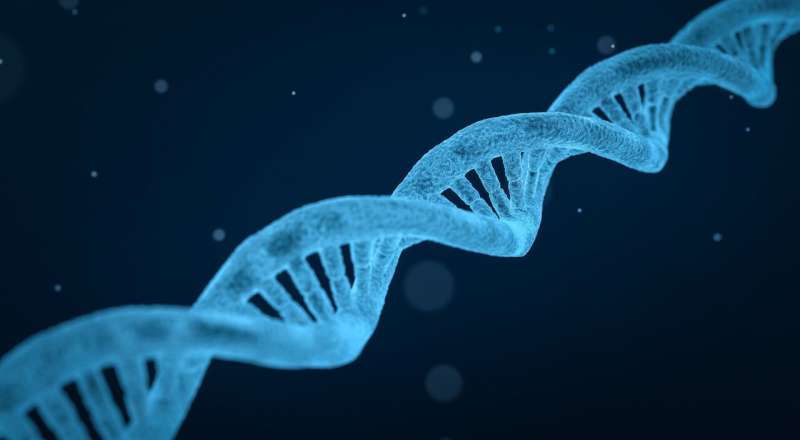
Autism Spectrum Disorder (ASD) is referred to as a “spectrum” because clinical features of ASD range from mild social impairments in some people to severe intellectual disability or epilepsy in others. Genetic studies have offered clues, identifying genes associated with ASD, but despite finding many pieces to the puzzle, scientists have not yet figured out how they all fit together, and why there is such wide variation in ASD symptoms.
In a new study, published in the June 2, 2022 online issue of Nature Genetics, an international team of scientists, led by researchers at the University of California San Diego School of Medicine, report significant progress in understanding how the combined effects of rare mutations and common genetic variation determine whether a child will develop ASD.
“We have known that the genetics of autism is complex, but we didn’t really have a picture of how genetic inheritance of rare and common variants works in families,” said senior study author Jonathan Sebat, Ph.D., professor and chief of the Beyster Center for Molecular Genomics of Neuropsychiatric Diseases at UC San Diego School of Medicine.
In the latest study, Sebat’s team analyzed the genomes of 37,375 individuals from 11,213 families in which at least one member (child or parent) had diagnosed ASD. The goal was to determine how combinations of genetic factors contribute to risk and clinical symptoms. The researchers looked at a variety of factors, such as de novo mutations, which are new genetic changes that occur for the first time in a child; rare variants that are inherited from the parents; and polygenic scores that quantify the genetic load of common variants of small effect.
“When you combine all the major factors that we can detect in a genome,” said Sebat, “the predictive value of DNA sequencing more than doubles compared to when you test just one category at time. Combining rare gene mutations with polygenic scores has the potential to make genetic testing more accurate.”
Sex is another major factor that influences autism risk. Males are diagnosed with ASD at ratio of 4 to 1 compared to females. In the new study, the authors showed that the lower prevalence of ASD in females is in part due to a “female protective effect” in which females have a greater tolerance for genetic risk than males. They found that the total genetic load was greater on average in females than in males, both in children with ASD and in their typically developing siblings. “Both rare variants and polygenic scores show evidence of a ‘female protective effect'”, said Sebat, “This suggests that the ‘liability threshold’ for autism differs by sex with females having a greater threshold than males.”
The researchers also looked at the effects of genetic factors on a variety of behaviors, including social communication, repetitive behaviors and motor coordination. They found that genetic factors influenced the severity of symptoms in children with ASD and in their typically developing siblings and parents. They also found that different factors were associated with different symptoms. Rare variants and polygenic scores had an influence on social communication, but only rare variants had an influence on motor coordination.
“The spectrum of symptom severity in ASD is attributable to a spectrum of genetic risk,” Sebat said. “People who meet diagnostic criteria for autism may be at one extreme, but these types of risk factors are present to varying degrees in all of us. We are all somewhere on a continuum.”
Finally, the authors found that different genetic factors have different patterns of gene expression in the developing brain. Genes implicated by rare variants were strongly enriched in neurons of the fetal brain. In contrast, genes implicated by common variants were more broadly expressed and were not dramatically enriched in specific cell types. These differences in brain expression may in part explain their associations with different traits.
Source: Read Full Article